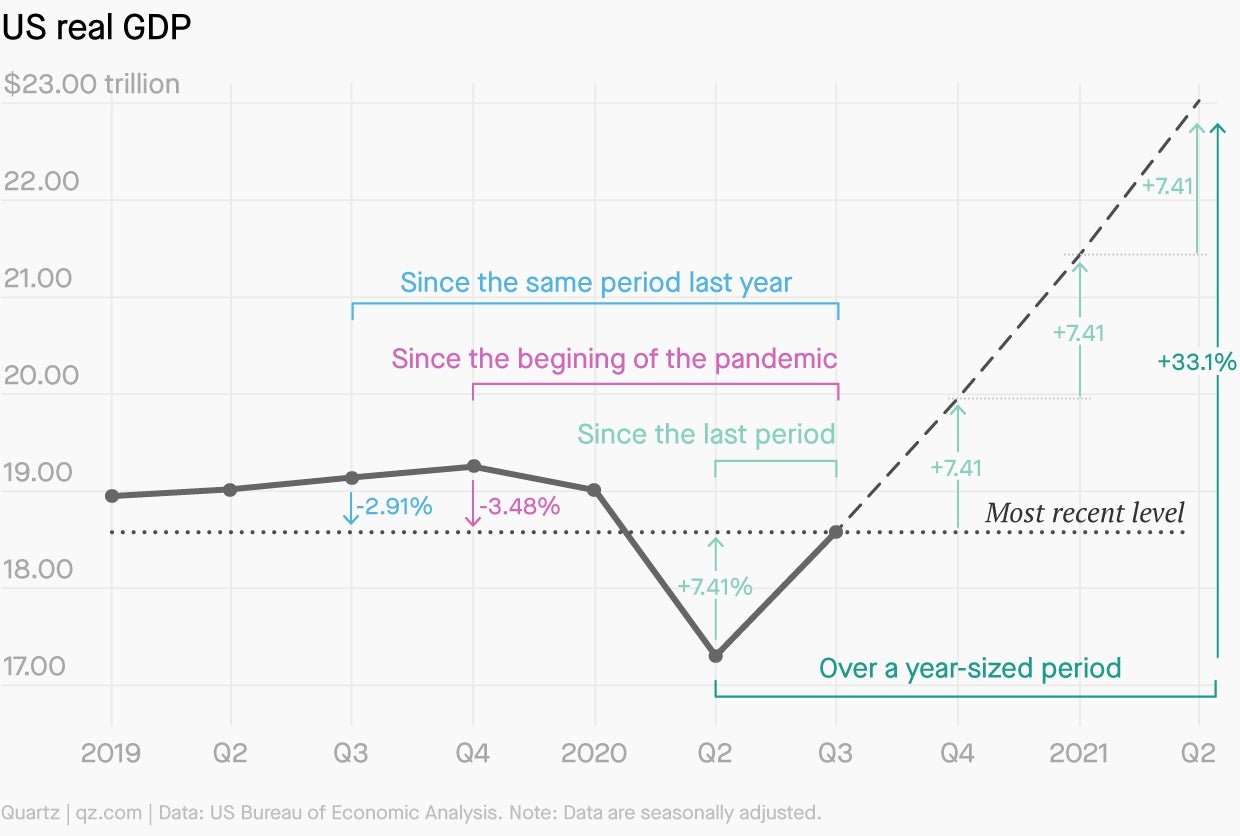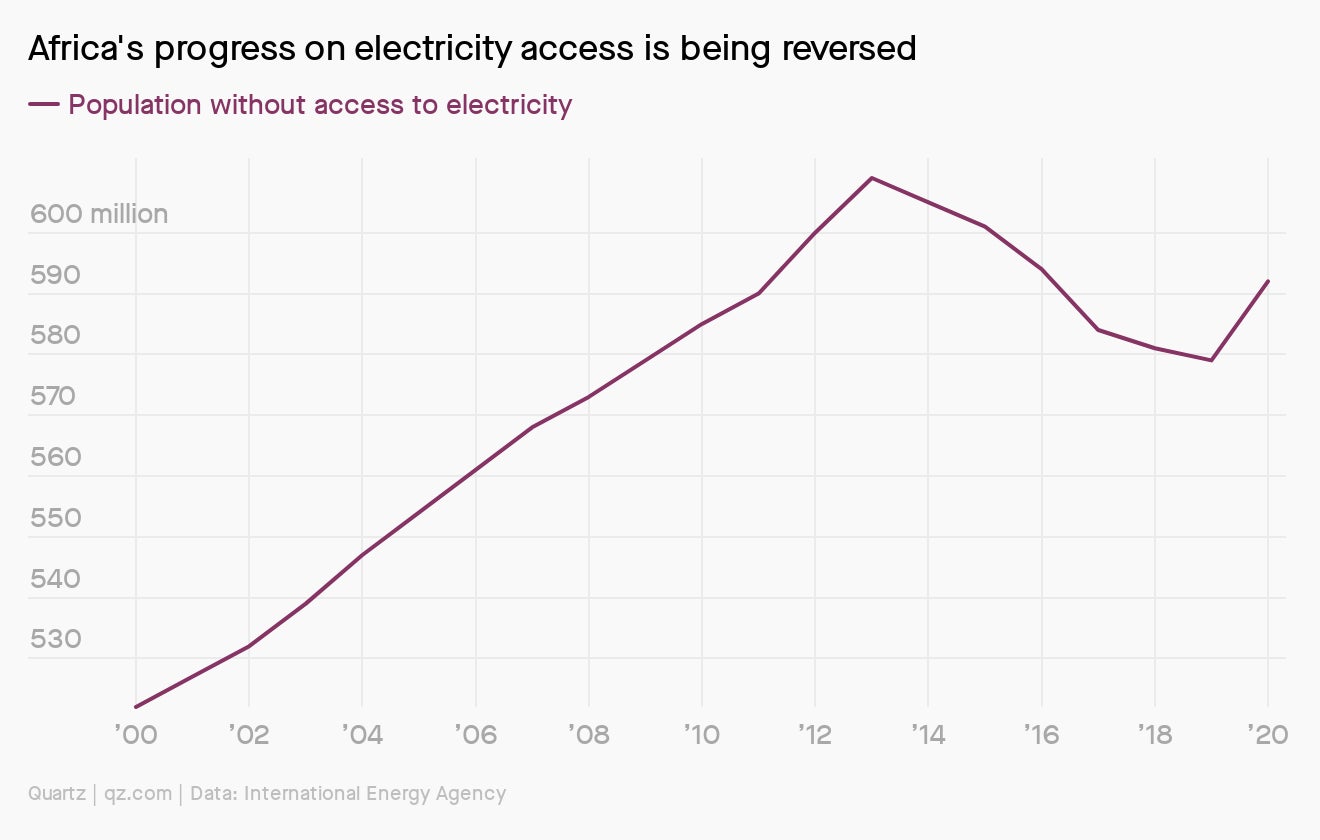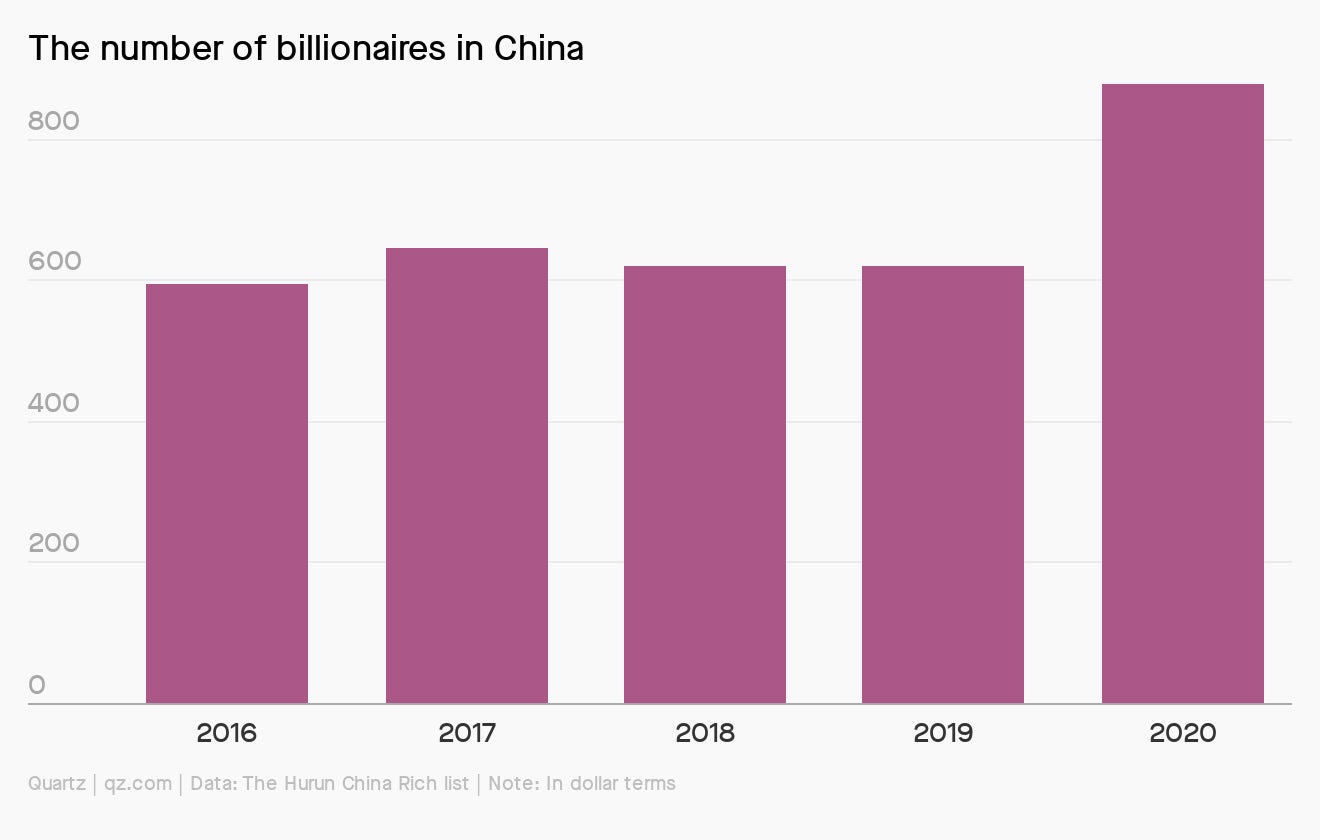Coronavirus: All the president’s zen
Hello Quartz readers,

Hello Quartz readers,
As Americans vote in today’s presidential election, they are weighing in on a wealth of issues, from immigration to the environment to race and social justice. But unlike in any other year, voters are also sending an important, timely signal about how they believe the US should contend with a pandemic that has so far resulted in 230,000 American deaths. They are choosing between two very different worldviews.
President Donald Trump has made clear that he is more focused on treatments and vaccines than stopping the spread. He has eschewed top-down mandates in favor of placing the responsibility on states and individuals to determine their risk tolerance, in the hopes of keeping the economy running while we wait for a return to normal.
Former vice president Joe Biden has emphasized a plan that is both preventative and reactive. He has stated his plans for investment in research and in public health agencies, called for a mask mandate and widespread testing, suggested daily Covid-19 briefings, and outlined initiatives to extend and expand paid sick leave. In short, he wants to use national measures to combat the virus.
Elections are always about big questions, and those surrounding coronavirus are particularly huge. Are individual liberties more important than collective wellbeing? How much should we invest to save the lives of at-risk populations? Does an economic recovery need to be for everyone? Trump and Biden clearly have different answers to those questions, and different pictures of the next 12 months. Perhaps the only question that matters is: Which future would you want to live in?
Any indication?
While we wait on the outcome of the presidential race, let’s check in on the US economy:
- Stimulus gut-check. Research from the New York Fed shows that more than 70% of a potential $1,500 second stimulus payment would be saved or put towards debt payments rather than used to buy goods.
- An oldie but a goodie. It’s time to think big, which could include considering what a new Works Progress Administration could look like in the coronavirus era.
- What’s in your wallet? Yes, gross domestic product grew at a seasonally adjusted annual rate of 33.1% in the third quarter. But personal income fell 2.7% year over year.
- And about that 33.1%… The US economy is still smaller than it was before the pandemic. GDP grew 7.41% from the second quarter to the third, has fallen 3.48% since the beginning of the pandemic, and is down 2.91% in the past year. US economists are already worried about a double-dip recession.

Job, well, done
US workers hit hard by Covid-19 layoffs may be in for another blow: The pandemic has likely accelerated automation in a number of occupations. “Automation is happening at a faster pace now,” Lei Ding, a researcher at the Federal Reserve Bank of Philadelphia, told Quartz. “Many jobs that could be replaced in the next 10 years—that’s happening in a few months now.”
According to the Philadelphia Fed, jobs that have been greatly impacted by Covid-19, and are at high risk of being lost to automation, include:
🚕 Taxi drivers
🍝 Restaurant servers
👷 Highway maintenance workers
🚌 School bus drivers
Use our interactive tool to explore the impact by job sector.
Unplugged
In the wake of Covid-19, the number of people living without electricity in Africa is set to increase for the first time in eight years, bringing the population living without electricity on the continent back to 2016 levels.

Even though African countries have been less affected by the pandemic, they are still likely to feel the global economic aftershocks, including increased poverty levels. The International Energy Agency predicts spiking unemployment and looming recessions in Africa’s largest economies will leave over 100 million people unable to afford basic electricity services.
AstraZeneca by the numbers
When Oxford’s Jenner Institute partnered with AstraZeneca on its vaccine candidate, analysts scratched their heads. Astra is not a leader in vaccines, unlike its major UK competitor GlaxoSmithKline. But if you look closely, the signs are there that AstraZeneca could be drawing a blueprint to thrive as a 21st century pharma company.
£104 billion: ($136 billion) AstraZeneca’s market valuation as of Nov. 3, compared with GSK’s £68 billion ($89 billion).
£14 million: ($19 million) CEO Pascal Soriot’s 2019 pay, including bonuses and equity. Soriot used to complain that he was the lowest-paid CEO in his industry; it’s been a major point of internal tension.
15.7%: How much more, on average, male AstraZeneca employees in the UK were paid per hour than women in 2019.
>3,100: AstraZeneca employees who have PhDs.
60%: The percentage of Americans who say they don’t trust pharmaceutical companies to look out for their best interests.
Take a peek at our rundown on AstraZeneca’s inflection point, the latest in a series of company profiles for Quartz members. To get these deep dives directly in your inbox, sign up for a free trial today, or take 20% off your first year with the code QZTWENTY.
That’s rich
What pandemic? In the 12 months ending in August, China added 257 billionaires in US dollar terms, according to the Hurun China Rich List. The country, which as recently as 1999 had zero billionaires, now has 878 of them—more than any country in the world.

The results also paint a striking picture of economic recovery from Covid-19. While critics once wondered whether the outbreak would become China’s “Chernobyl moment,” Beijing has since gotten back on relatively solid ground thanks to its draconian approach to controlling the pandemic.
Essential reading
- The latest 🌏 figures: 47.4 million confirmed cases; 31.4 million classified as “recovered.”
- Ready or not: The US should have 50 million vaccine doses by January.
- Heading to the poles: Does pro-science messaging increase polarization?
- Started from the bottom: Covid-19 is giving sewage a modern public health purpose.
- Coolcoolcool: Collaborations are helping Crocs grow amid the pandemic.
Our best wishes for a healthy day. Get in touch with us at [email protected], and live your best Quartz life by downloading our iOS app and becoming a member. Today’s newsletter was brought to you by Alex Ossola, Katie Palmer, Karen K. Ho, Sarah Todd, David Yanofsky, Amanda Shendruk, Yomi Kazeem, Annabelle Timsit, Jane Li, and Kira Bindrim.